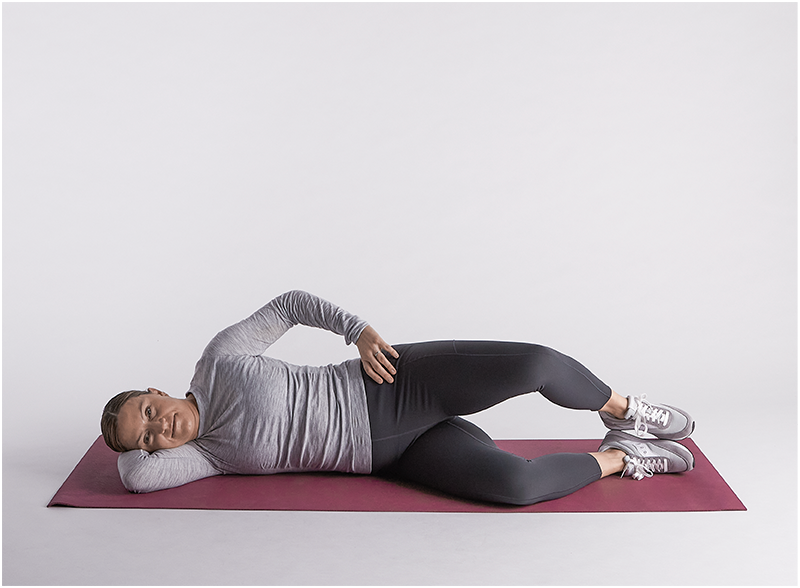How to do a clamshell exercise: a Hinge Health guide
Learn how to do a clamshell exercise to help with lower body strength and mobility, plus modifications to make it easier or harder.
0 $ pour vous
Dernière mise à jour : Mar 28, 2025
Table des matières
Fully covered knee pain relief
Find relief from knee pain, knee locking, stiff knees, & more.
Check if I'm eligible